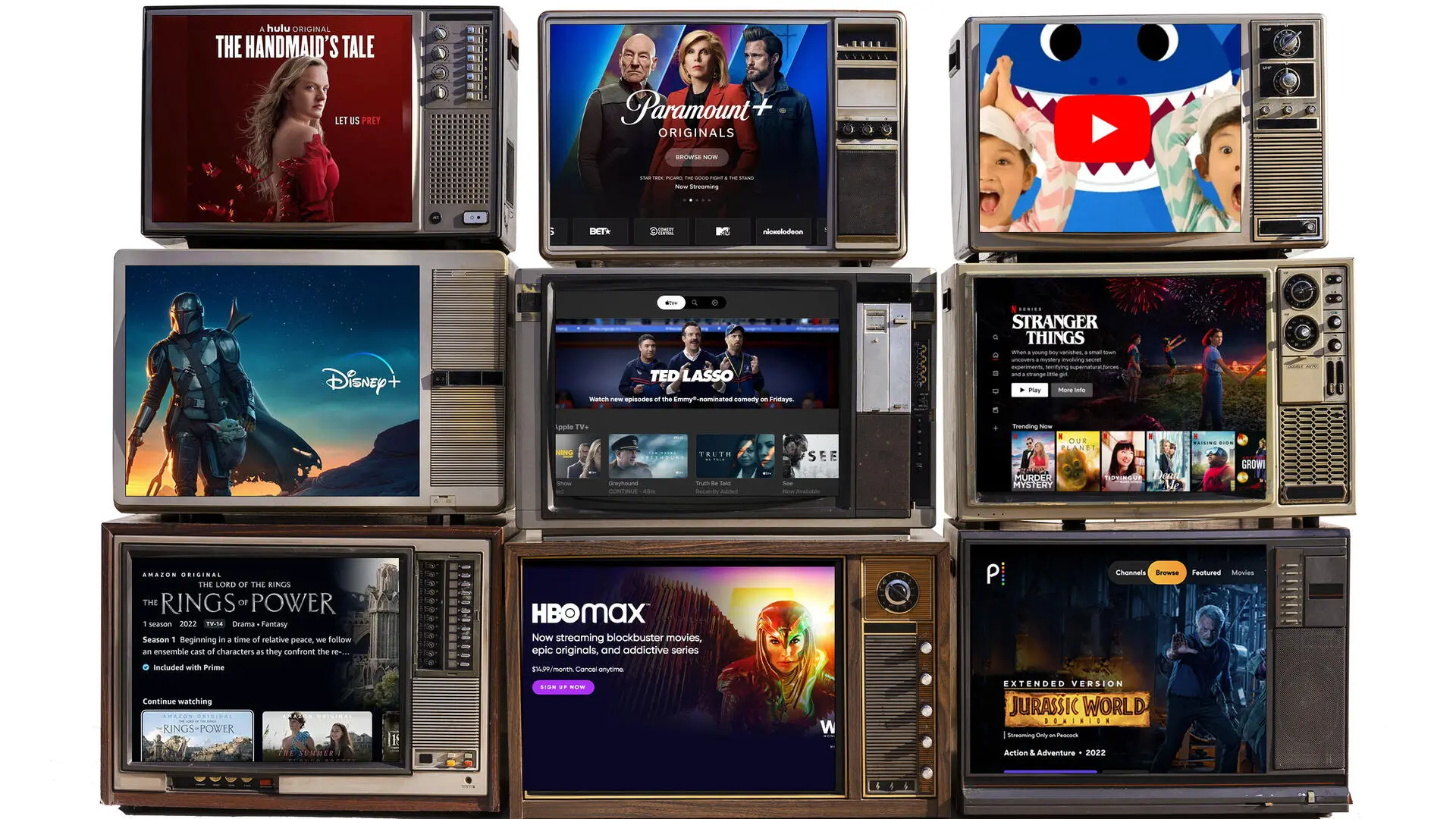Introduction
In the digital age, the landscape of content creation has undergone a seismic shift, largely driven by the advent and proliferation of streaming services. Platforms such as Netflix, Amazon Prime Video, Hulu, Disney+, and a plethora of others have not only revolutionized the way audiences consume media but have also fundamentally transformed the processes and paradigms of content creation. This article delves into how streaming services are redefining content creation, exploring the myriad ways these platforms influence everything from production and distribution to audience engagement and creative freedom.
The Rise of Streaming Services

-
Historical Context
Before the digital revolution, content creation was primarily dominated by traditional media outlets, including television networks, movie studios, and radio stations. These entities controlled the production, distribution, and consumption of content, often leading to a monolithic media landscape. However, the internet’s advent and subsequent technological advancements paved the way for streaming services, offering on-demand content accessible from virtually anywhere.
-
Growth and Market Penetration
Streaming services have experienced exponential growth over the past decade. According to recent reports, the global streaming market is projected to reach $124.57 billion by 2025, growing at a compound annual growth rate (CAGR) of 20.4%. This surge is driven by increasing internet penetration, advancements in mobile technology, and a growing appetite for diverse and personalized content.
Impact on Content Creation

-
Democratization of Content Production
One of the most significant impacts of streaming services on content creation is the democratization of production. Traditional media often required substantial financial investment and access to distribution networks, limiting opportunities for independent creators. In contrast, streaming platforms have lowered these barriers, enabling a broader spectrum of creators to produce and distribute content. Platforms like YouTube, Vimeo, and Twitch exemplify this trend, allowing individuals and small production teams to reach global audiences without the need for traditional gatekeepers.
-
Diverse and Inclusive Storytelling
Streaming services have also championed diverse and inclusive storytelling. Unlike traditional media, which often catered to mainstream audiences, streaming platforms have the flexibility to target niche markets and underrepresented demographics. This has led to a surge in content that reflects a wider array of cultures, identities, and experiences. Shows like “Master of None,” “Orange is the New Black,” and “Pose” have broken new ground in terms of representation, resonating with audiences who have long been marginalized by mainstream media.
-
Data-Driven Content Development
Another transformative aspect of streaming services is their use of data analytics to guide content development. Traditional media relied heavily on ratings and box office performance to gauge success, often resulting in conservative programming choices. In contrast, streaming platforms leverage vast amounts of user data to inform their content strategies. By analyzing viewing habits, preferences, and engagement metrics, these services can tailor their offerings to meet audience demand more accurately. This data-driven approach has led to the creation of highly targeted and successful content, such as Netflix’s “House of Cards,” which was greenlit based on insights into viewer preferences for political dramas and Kevin Spacey’s previous work.
-
Flexible Formats and Experimentation
Streaming services have also introduced greater flexibility in content formats and experimentation. Traditional media often adhered to rigid formats, such as 30-minute sitcoms or hour-long dramas, dictated by scheduling constraints and advertising requirements. Streaming platforms, however, are not bound by these limitations, allowing creators to experiment with different lengths, structures, and genres. This freedom has given rise to innovative storytelling techniques and hybrid genres, as seen in shows like “Black Mirror” and “Stranger Things.”
-
Global Reach and Collaboration
The global reach of streaming services has opened up new avenues for international collaboration and cross-cultural content. Creators can now tap into global talent pools and explore stories that transcend geographical boundaries. This has led to a rich tapestry of content that blends diverse cultural influences, as evidenced by the success of international shows like “Money Heist” (Spain), “Dark” (Germany), and “Sacred Games” (India). Streaming platforms have become conduits for cultural exchange, fostering a more interconnected and culturally aware global audience.
Challenges and Considerations

-
Content Saturation and Quality Control
While the democratization of content creation has many benefits, it also presents challenges related to content saturation and quality control. The ease of production and distribution means that an overwhelming amount of content is available, making it difficult for audiences to navigate and discover high-quality offerings. Streaming services must balance the quantity of content with maintaining high standards to ensure viewer satisfaction and loyalty.
-
Intellectual Property and Copyright Issues
The proliferation of content on streaming platforms has also raised concerns about intellectual property and copyright infringement. Ensuring that creators are fairly compensated and that their rights are protected is a complex issue that requires ongoing attention and regulation. Streaming services must navigate these legal landscapes carefully to avoid disputes and maintain trust with content creators.
-
Sustainability and Environmental Impact
The rapid growth of streaming services has environmental implications, particularly related to data storage and energy consumption. Data centers that support streaming platforms require significant energy resources, contributing to carbon emissions. As the demand for streaming content continues to rise, the industry must explore sustainable practices and technologies to mitigate its environmental impact.
The Future of Content Creation

-
Technological Advancements
The future of content creation in the streaming era will be shaped by ongoing technological advancements. Emerging technologies such as virtual reality (VR), augmented reality (AR), and artificial intelligence (AI) hold the potential to revolutionize storytelling and audience engagement. These innovations will enable creators to craft immersive and interactive experiences, pushing the boundaries of traditional content formats.
-
Evolving Business Models
As the streaming landscape evolves, so too will the business models that underpin content creation. Subscription-based services have been the dominant model, but we may see the rise of hybrid approaches that combine subscriptions with ad-supported content, pay-per-view options, and microtransactions. These models will provide creators with diverse revenue streams and enable platforms to cater to varying audience preferences.
-
Continued Emphasis on Diversity and Inclusion
The emphasis on diversity and inclusion in content creation is likely to persist and expand. Audiences are increasingly demanding authentic and representative stories, and streaming services will continue to prioritize these values. This commitment will not only enrich the content landscape but also contribute to positive social change by amplifying marginalized voices and fostering empathy and understanding.
Conclusion
Streaming services have undeniably redefined content creation, ushering in a new era of democratized production, diverse storytelling, data-driven development, and global collaboration. While challenges related to content saturation, intellectual property, and sustainability remain, the future of content creation in the streaming age is bright and full of possibilities. As technology continues to evolve and audiences seek ever more engaging and inclusive content, streaming platforms will remain at the forefront of this dynamic and transformative industry.
In this brave new world of streaming-driven content creation, the possibilities are as vast and varied as the imaginations of the creators who bring stories to life. The journey has only just begun, and the next chapter promises to be even more exciting and innovative.




